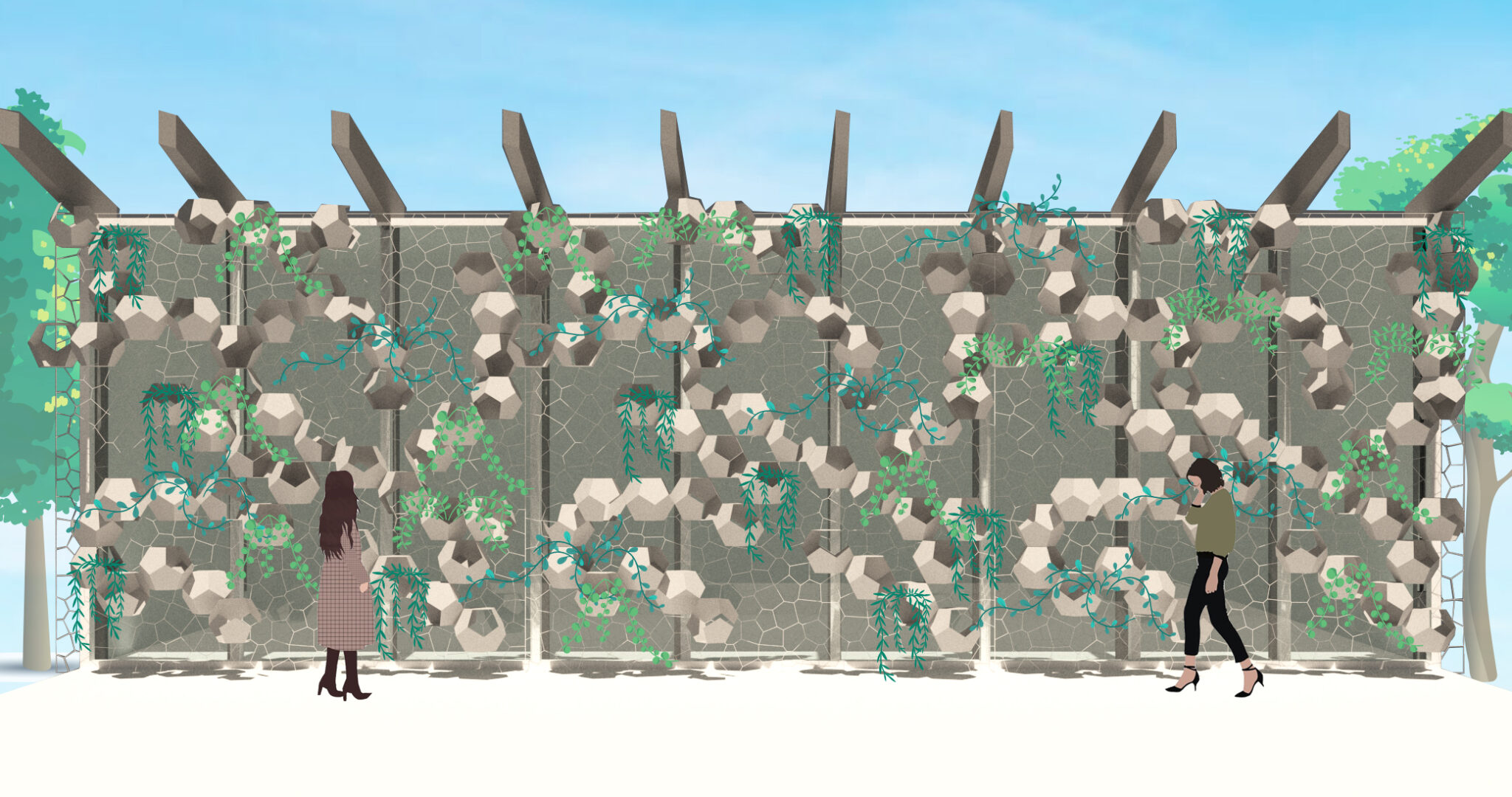Why Choose Non-Photorealistic Rendering For Architecture And Design?

By: Geetika Rohra
Pune, 26th August 2023: Architectural visualization serves as a vital nexus connecting abstract design ideas to tangible real-world results. Its role in architecture and related fields has swiftly evolved into reshaping how ideas are conceived, conveyed, and translated into reality.
Non-photorealistic rendering (NPR) is a specialized technique in architectural visualization that deviates from traditional photorealistic approaches to create stylized and artistic representations of architectural designs. While photorealistic renders aim to mimic reality with high precision, NPR focuses on artistic interpretation, emphasizing certain design aspects and evoking specific emotions.
Non-photorealistic rendering holds a unique and significant place in architectural visualization. Its ability to express design concepts, simplify complexity, foster creativity, and evoke emotions makes it an invaluable tool for architects to effectively communicate their visions and engage diverse audiences in a dynamic and imaginative manner.
Central to its impact is the enhancement of communication. Architects, designers, clients, investors, and construction teams often come from diverse backgrounds. Visualizations provide a universal language that transcends technical disparities, enabling intricate ideas to be communicated with clarity. By presenting design concepts visually, complex details and spatial arrangements become accessible to non-experts, fostering a deeper understanding of the project’s core.









